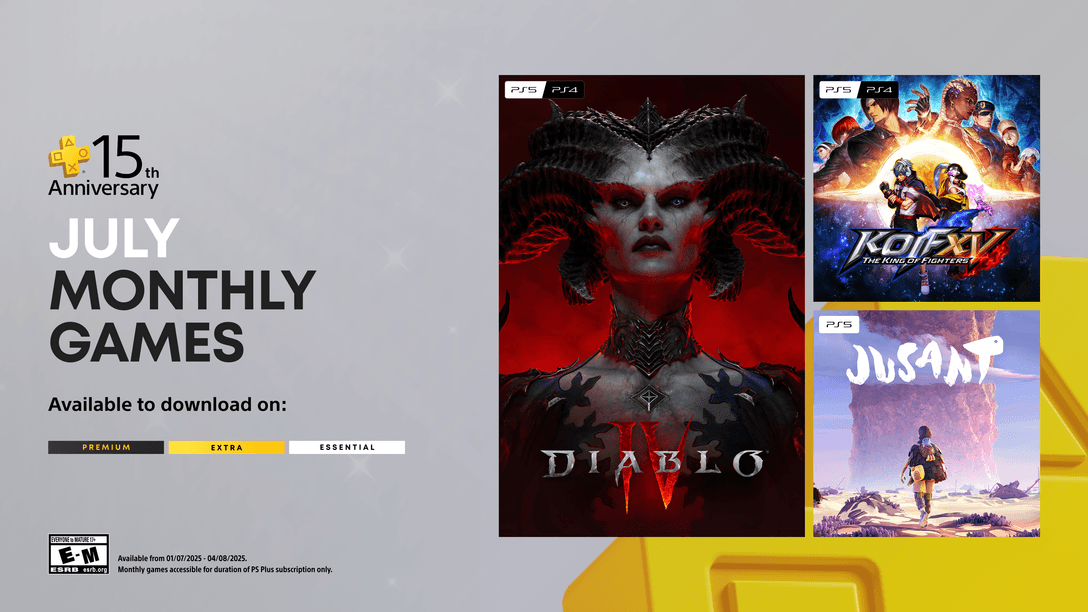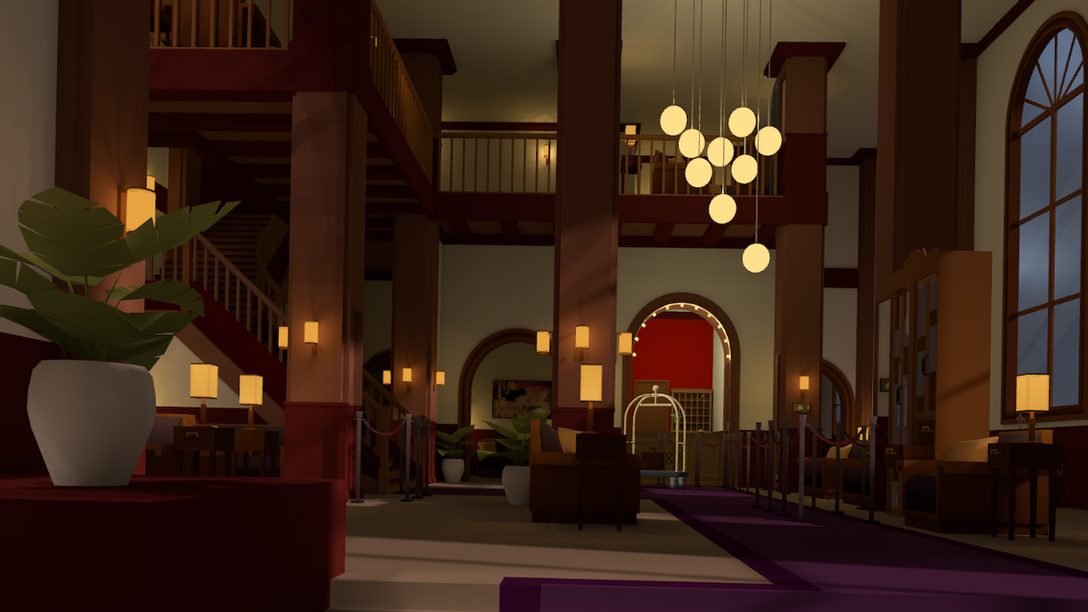
A 20-year stunt veteran learns new appreciation for Japanese action and animation.
This wasn’t my first motion capture rodeo. I strutted onto the motion capture volume armed with an impressive resume of motion capture and stunt coordination on some of the biggest games in the world. I fancied myself a black belt in mocap-jitsu, ready for anything. It was then that I discovered I was working on Demon’s Souls, a game that would require that this 20-year-stuntman relearn how to move.
Creative Director Gavin Moore and Animation Director Chris Torres were tasked with executing the precise feel that gamers came to know from the original while also expanding upon it in innovative ways that remained true to the core gameplay. All the game’s original animations had to be motion captured, and I was their muse for the next year and a half.
Motion capturing Demon’s Souls combat system was a very precise endeavor. The game’s attacks, navigation, dodges, and synced kills, or “ripostes,” had to be playable, true to the original’s, and aesthetically sound. If performed too quickly, the movements would lack clear arcs and silhouettes. Performed too slowly, they might lose their weight and inertia. Gavin directed the intention and technique, and Chris made sure the metrics were dead on.
A navigation set for each of the 20 weapon classes had to be captured, including walks, runs, sprints, pivots, starts, stops, turns, and strafes, all done to a rhythmic metronome. These movements were combined into complex patterns that we called “dance cards.” Chris decided to capture the walks in the morning to warm up, build up to sprints, and when I gassed out in the afternoon we captured the “encumbered” movements. The first dance card took us an entire day to capture, but gradually we economized and could finish one in 70 minutes.
When performing combat animations, each move has five stages: opening pose, anticipation (“antic”), attack, recovery, and end pose. Anticipations should match the attacks so that they can be anticipated by other players. Recoveries are short for light attacks, long for heavy ones. Being a Japanese game in spirit, the movement in Demon’s Souls is “pose-heavy.” Rather than performing brutal, character-infused attacks, Gavin directed me to be character-less and focus instead on final poses.
Gavin and Chris took great pains to ensure the weight of the weapons could be felt by the player, which sometimes required using some seriously heavy prop weapons.
The team was also tasked with re-capturing the civilian NPCs and cinematics. The revamped look and feel of this PS5 release required a totally different performance. Chris colored the world with its ground reflections, weather effects, and the look of the foliage, and Gavin would bring the world to life with acting notes like “the sound of distant church bells” and “the smell of a nearby stagnant moat,” without ever saying how to respond. He trusted the performers to react. As a motion capture performer, you’re in a white room, surrounded by infrared cameras, tasked with getting into a scene. Direction like this which is colorful, yet which trusts the talent, is exactly what a mocap performer needs.
My role as stunt coordinator in Demon’s Souls included coordinating the opening cinematic, which includes a shot where the hero fights off eight enemies in a single, unbroken take. We enlisted some of Hollywood’s top stunt talent to execute this scene in two different setups. Gavin and Chris ensured the dark mood of the game could be felt in the performances.
An exciting combat addition to Demon’s Souls is the several ripostes. These killing blows can be executed in front of or behind the enemy, with different flavors for each of the game’s weapon sets. For this we enlisted the help of Maggie Macdonald, who also performed the female protagonist’s move set, and executed dozens of ripostes together. For these, the goal was to maximize the weight and intensity of the movements to deliver a satisfying, killing blow.
To achieve the level of animation detail that you’ll find in Demon’s Souls, motion capture with skilled professionals is crucial, but it’s only part of the equation. As stunt performers, when we’re fortunate enough to work on projects like these we’ll find ourselves paired with directors and animators who have an eye for action that can help us learn to move in new ways. And this was my favorite part of Demon’s Souls: by learning how to move in a new way, I came away with a new appreciation for Japanese action and animation, with its emphasis on poses and silhouettes that evolved over centuries of Kabuki theater. Learning to move in Demon’s Souls helped me see and understand movement in an entirely new way.











Comments are closed.
18 Comments
Loading More Comments